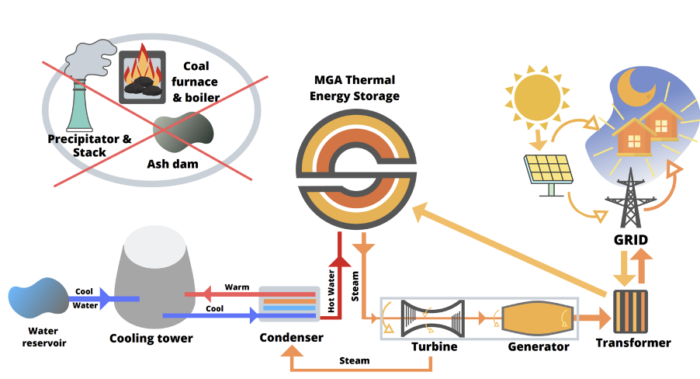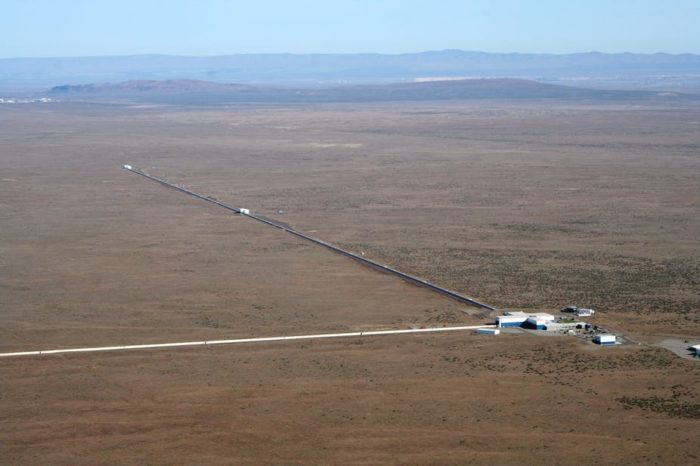Sep 21 2020
The Holocaust and Losing History
 In the movie Interstellar, which takes place in a dystopian future where the Earth is challenged by progressive crop failures, children are taught in school that the US never went to the Moon, that it was all a hoax. This is a great thought experiment – could a myth, even a conspiracy theory, rise to the level of accepted knowledge? In the context of religion the answer is, absolutely. We have seen this happen in recent history, such as with Scientology, and going back even a little further with Mormonism and Christian Science. But what is the extent of the potential contexts in which a rewriting of history within a culture can occur? Or, we can frame the question as – are there any limits to such rewriting of history?
In the movie Interstellar, which takes place in a dystopian future where the Earth is challenged by progressive crop failures, children are taught in school that the US never went to the Moon, that it was all a hoax. This is a great thought experiment – could a myth, even a conspiracy theory, rise to the level of accepted knowledge? In the context of religion the answer is, absolutely. We have seen this happen in recent history, such as with Scientology, and going back even a little further with Mormonism and Christian Science. But what is the extent of the potential contexts in which a rewriting of history within a culture can occur? Or, we can frame the question as – are there any limits to such rewriting of history?
I think it is easy to make a case for the conclusion that there are no practical limits. Religion is also not the only context in which myth can become belief. The more totalitarian the government, the more they will be able to rewrite history any way they want (“We’ve always been at war with Eastasia”). It is also standard belief, and I think correctly, that the victors write the history books, implying that they write it from their perspective, with themselves as the heroes and the losers as the villains.
But what about just culture? I think the answer here is an unqualified yes also. In many Asian cultures belief in chi, a mysterious life force, is taken for granted, for example. There are many cultural mythologies, stories we tell ourselves and each other that become accepted knowledge. These can be the hardest false beliefs to challenge in oneself, because they become part of your identity. Doubting these stories is equivalent to tearing out a piece of yourself, questioning your deeper world-view.
These cultural beliefs can also be weaponized, for political purposes, and for just marketing. A century ago Chairman Mao decided to manufacture a new history of Traditional Chinese Medicine (TCM). He took parts of various previous TCM traditions, even ones that were mutually exclusive and at ideological war with each other, and then grafted them into a new TCM, altering basic concepts to make them less barbaric and more palatable to a modern society. Now, less than a century later, nearly everyone believes this manufactured fiction as if it were real history. Only skeptical nerds or certain historians know, for example, that acupuncture as practiced today is less than a century old, and not the thousands of years old that proponents claim. Mao’s propaganda has become history.

 I just watched the Netflix documentary, The Social Dilemma, and found it extremely interesting, if flawed. The show is about the inside operation of the big social media tech companies and the impact they are having on society. Like all documentaries – this one has a particular narrative, and that narrative is a choice made by the filmmakers. These narratives never reflect the full complexity of reality, and often drive the viewer to a certain conclusion. In short, you can never take them at face value and should try to understand them in a broader context.
I just watched the Netflix documentary, The Social Dilemma, and found it extremely interesting, if flawed. The show is about the inside operation of the big social media tech companies and the impact they are having on society. Like all documentaries – this one has a particular narrative, and that narrative is a choice made by the filmmakers. These narratives never reflect the full complexity of reality, and often drive the viewer to a certain conclusion. In short, you can never take them at face value and should try to understand them in a broader context. On the surface this is a story of a fantastic paleontological find. Reindeer herders
On the surface this is a story of a fantastic paleontological find. Reindeer herders  This is definitely the big news of the week –
This is definitely the big news of the week – The question of who should get credit for inventing the lightbulb is deceptively complex, and reveals several aspects of the history of science and technology worth revealing. Most people would probably answer the question – Thomas Edison. However, this is more than just overly simplistic. It is arguably wrong. This question has also become political, made so when presidential candidate Joe Biden claims that a black man invented the lightbulb, not Edison. This too is wrong, but is perhaps as correct as the claim that Edison was the inventor.
The question of who should get credit for inventing the lightbulb is deceptively complex, and reveals several aspects of the history of science and technology worth revealing. Most people would probably answer the question – Thomas Edison. However, this is more than just overly simplistic. It is arguably wrong. This question has also become political, made so when presidential candidate Joe Biden claims that a black man invented the lightbulb, not Edison. This too is wrong, but is perhaps as correct as the claim that Edison was the inventor. By now most people have heard that AstraZeneca, a UK pharmaceutical, working with Oxford University, are one of the major companies developing a vaccine for SARS-CoV-2, and also that they have had to pause their Phase 3 clinical trial because a subject came down with an inflammatory disorder. Let’s put this into some important context.
By now most people have heard that AstraZeneca, a UK pharmaceutical, working with Oxford University, are one of the major companies developing a vaccine for SARS-CoV-2, and also that they have had to pause their Phase 3 clinical trial because a subject came down with an inflammatory disorder. Let’s put this into some important context. I was recently sent
I was recently sent  I previously wrote that the flat Earth movement is the mother of all conspiracies – it essentially is the ultimate conspiracy in that, if you believe that the world is actually flat then you also have to believe that there has been a massive conspiracy involving millions of people all of the world over centuries. If “they” can lie to us about the shape of the world, then they can lie to us about anything. Once you have been convinced that the spherical nature of the Earth is a grand conspiracy, then you can believe anything. Facts, expertise, authority all cease to exist. And that, I think, is the point. That is the appeal of flat Eartherism – it gives you permission to believe anything you want, to reject any claim, any fact, out of hand. You have the freedom to construct reality the way you wish, and can dispense with the tedious part of having to deal with actual reality.
I previously wrote that the flat Earth movement is the mother of all conspiracies – it essentially is the ultimate conspiracy in that, if you believe that the world is actually flat then you also have to believe that there has been a massive conspiracy involving millions of people all of the world over centuries. If “they” can lie to us about the shape of the world, then they can lie to us about anything. Once you have been convinced that the spherical nature of the Earth is a grand conspiracy, then you can believe anything. Facts, expertise, authority all cease to exist. And that, I think, is the point. That is the appeal of flat Eartherism – it gives you permission to believe anything you want, to reject any claim, any fact, out of hand. You have the freedom to construct reality the way you wish, and can dispense with the tedious part of having to deal with actual reality. Of course “impossible” is a relative term here. What is happening is that our knowledge of black holes is greatly expanding because we have a new tool for observing them – gravitational wave detectors. In fact, gravitational wave astronomy is a new science, and we are still on the very steep part of the learning curve.
Of course “impossible” is a relative term here. What is happening is that our knowledge of black holes is greatly expanding because we have a new tool for observing them – gravitational wave detectors. In fact, gravitational wave astronomy is a new science, and we are still on the very steep part of the learning curve.





